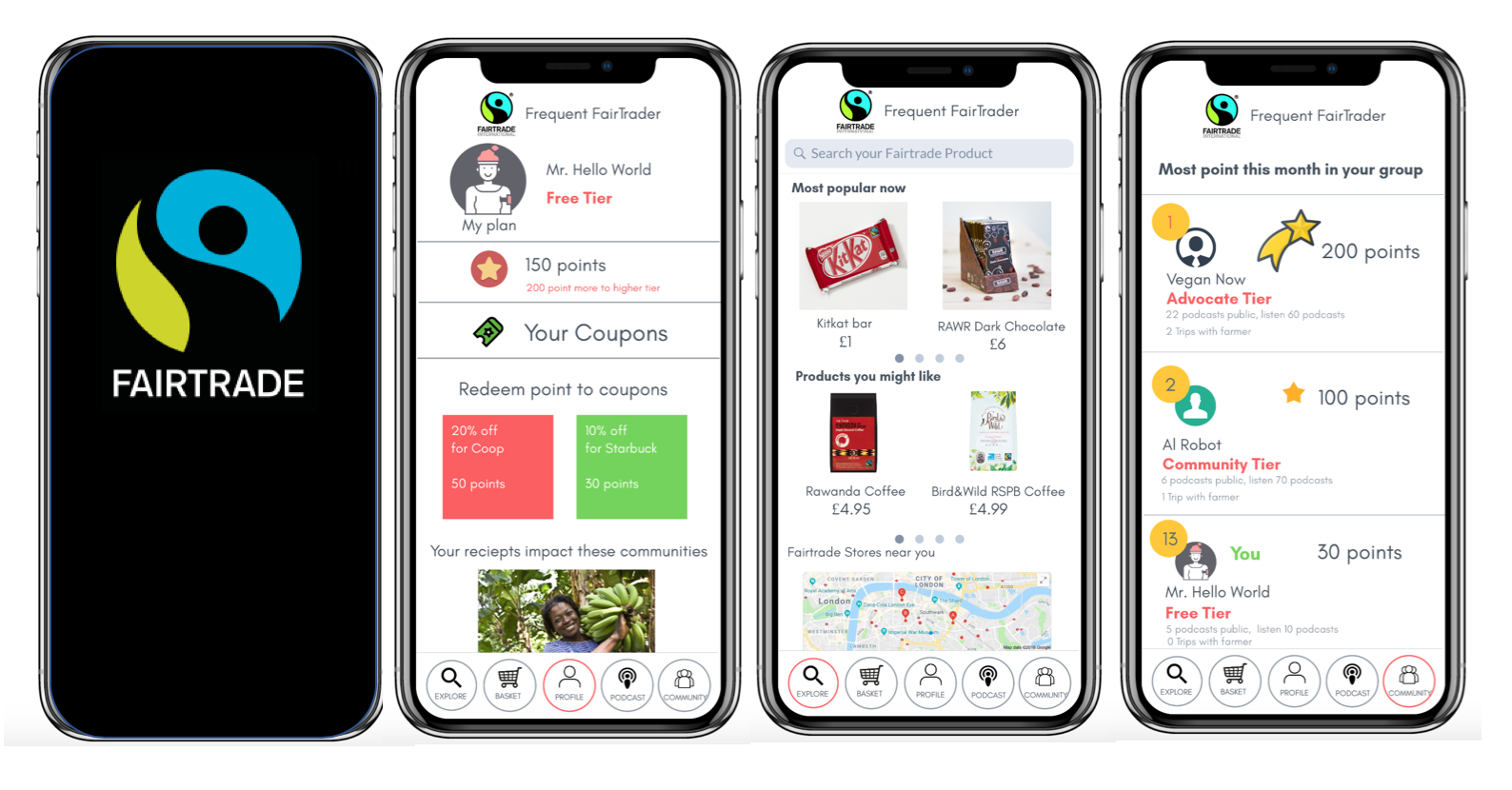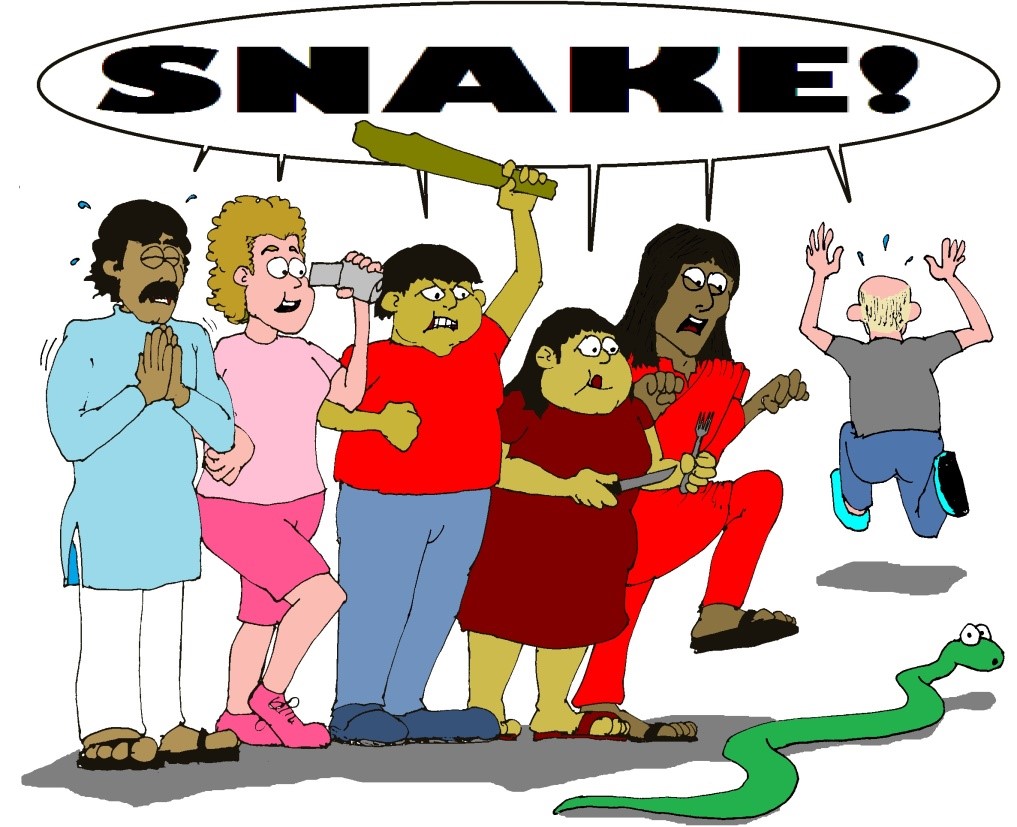By Dr. Heather Kappes, Department of Management
Behavioural science is fascinating, right? The self-selected sample of people reading this blog would probably agree. But what do kids think? When they’re not busy planning their careers as firefighters, football stars, or veterinarians—can they understand basic principles of behavioural science, and do they find this kind of science interesting?
The answer probably depends a lot on who’s explaining, and how. Gigerenzer and colleagues, for instance, find that when probabalistic reasoning problems are presented clearly and in terms of concepts that children know—like Harry Potter—they can quickly master these challenging principles. (Of course at some forms of learning children actually beat adults.)
The STEM Ambassadors program, which sends adults working in science jobs into schools, was founded to build enthusiasm as well as understanding of all forms of science (STEM stands for science, technology, engineering and mathematics). Admittedly today’s STEM Ambassadors are far more likely to be pharmacists, engineers, zoologists, or architects than behavioural scientists. But with your help this may change.
I’ve been volunteering with the STEM Ambassadors program for about a year now, and several of my colleagues have recently joined too. Signing up to the program is really easy. All you have to do is complete an online form and have an introduction session before you’re given a badge and turned loose on the online list of activities looking for volunteers. While some of the activities are relatively dry (the ubiquitous career fair), others can be as exciting as your imagination allows.
Last month I visited Sheringdale, a lovely primary in Wandsworth, to work with their Year 6 students on Science Day. After being introduced at a whole-school assembly in the morning (where I got to admire the science or recycling-themed outfits kids had constructed for the day), I was given an empty classroom where the kids took turns visiting in small groups.
We measured their heart rates and heart-rate variability with chest-strap monitors hooked to tablet computers. We also played a risk-taking games on a roulette wheel where each could decide how many of 4 tickets to risk. After making these measurements as carefully and scientifically as we could, the children ran their own “experiments” by jogging around the classroom or doing rapid calisthetics to see how their hearts were affected.
Each child then added their own data point to a big scatterplot we constructed showing how heart-rate variability and risk-taking were related. At the end of the day I talked about this scatterplot (which now has pride of place on my own office wall) in another assembly, before being warmly thanked with a massive bouquet.






